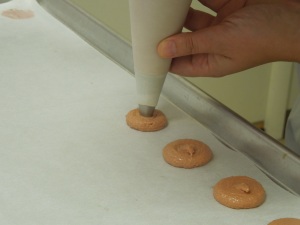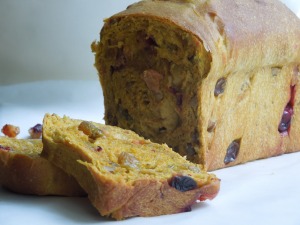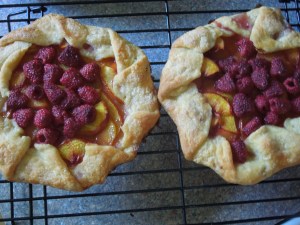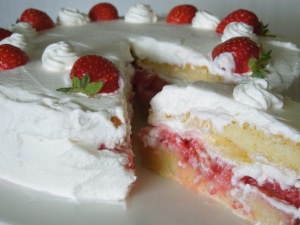
Macarons prepared by Chef Cecilia Mercante
Sometimes you just have to seek out the “real deal” before you attempt to make it at home. Macarons fit the bill for me. I have tried to make them once at home with little success. I wasn’t exactly sure what the texture should be like inside the cookie. Crispy? Soft? Plus the consistency of my batter was too thin and left my piped macarons spreading across the pan. Not satisfied to accept failure I knew I had to do some research.
So I googled “French Pastry Chef” and found someone in my neck of the woods who is an expert–Chef Cecilia Mercante at the Ann Arbor, Michigan farmer’s market. According to her website, cecilia’s pastries, Chef Mercante was trained at the Institut National de la Boulangerie Patisserie in Rouen, Normandie France. I thought surely this is as close as I’m going to get to an authentic macaron.
I went to the next farmer’s market and bought several of her macarons. I was wowed by the delicate crust of these cookies followed by a slightly soft, gooey interior and a fresh and flavorful buttercream filling. This is what I had to aim for. Luckily for me Chef Mercante offers classes!
I signed up for a 3 1/2 hour macaron class for amateurs. Friendly and approachable, Chef Mercante and her husband run the classes out of a commercial kitchen attached to their home. I was joined by three other eager students to learn the mystery of the perfect macaron.

Chef Mercante first demonstrates then guides students through a “hands-on” macaron making experience.
First she demonstrated the steps, giving detailed explanations of the chemistry involved with each stage. I learned about the importance of using the best ingredients, the age of the eggs, and what to look for when whipping the egg whites:

The “bird’s beak” or perfectly whipped egg whites
She demonstrated the proper way to fold in the almond flour mixture into the whipped egg whites and the two clues the macaron batter is ready: shine and the consistency of flowing lava:

Properly folded macaron batter
She also demonstrated how to practice piping the batter without any templates:

Piping the macarons
Chef Mercante was masterfully knowledgeable yet able to interject lots of laughs to ease our nerves. The class was very “hands-on” and she guided us every step of the way when it was our turn to make a batch.
We also got to watch her develop several flavors of buttercream and use them to fill our macarons:

My first batch of macarons with vanilla buttercream filling
The simplicity of using a whole vanilla bean made the classic vanilla buttercream outstanding. I was also intrigued by some of the more unique variations like using violet liqueur and candied violets to create a violet buttercream.

I learned so much at this macaron class. I can’t wait to try to recreate them at home!
I had a great time and walked away with the feeling that I could recreate these delicate cookies at home with practice. I need to add a few small gadgets to my kitchen like a digital scale to weigh ingredients and some larger pastry bags and tips than I don’t currently have. But once I am set up at home with supplies I will be ready to tackle macarons by myself again! Thank you Chef Mercante!
Have you ever made macarons? What was your experience?


































